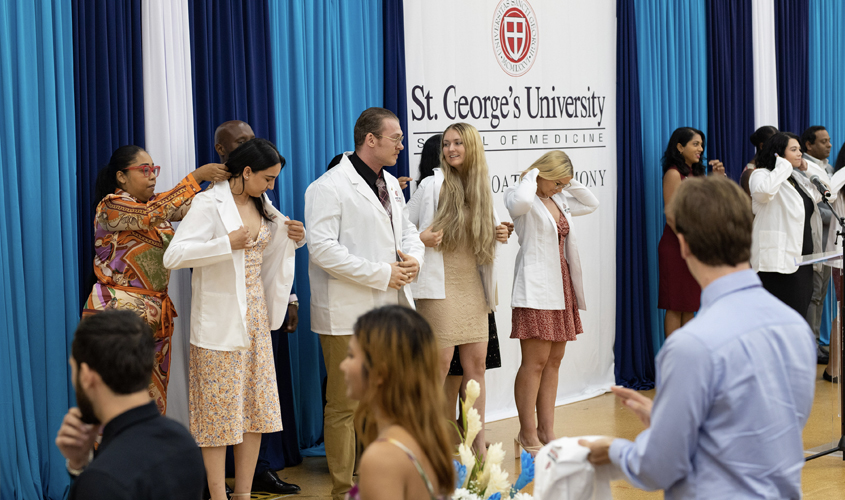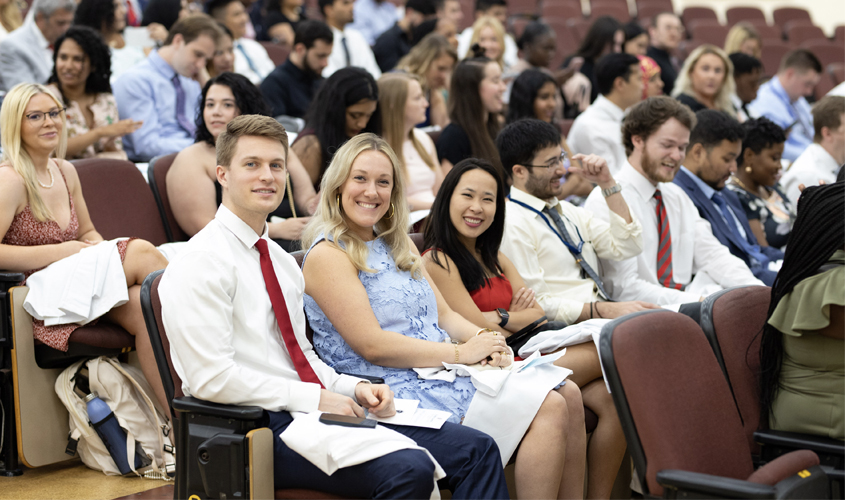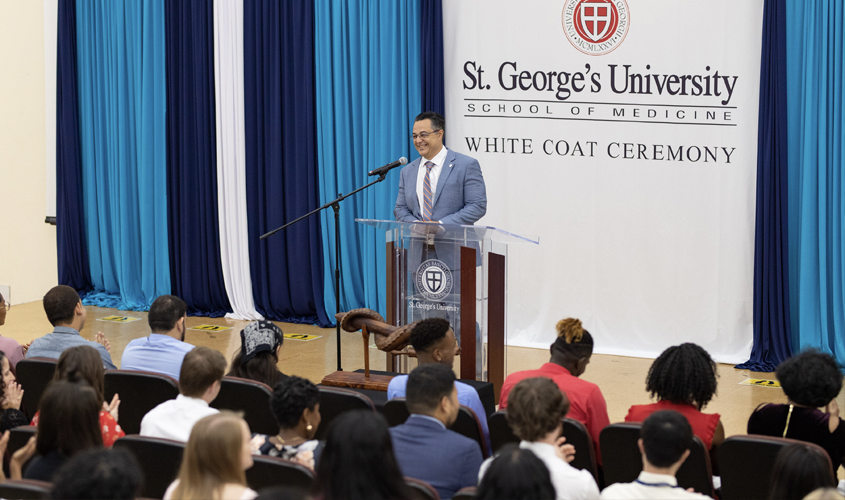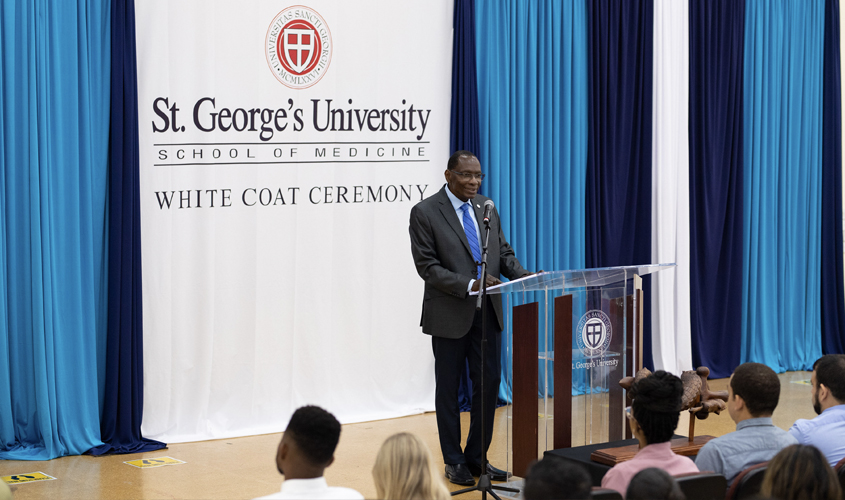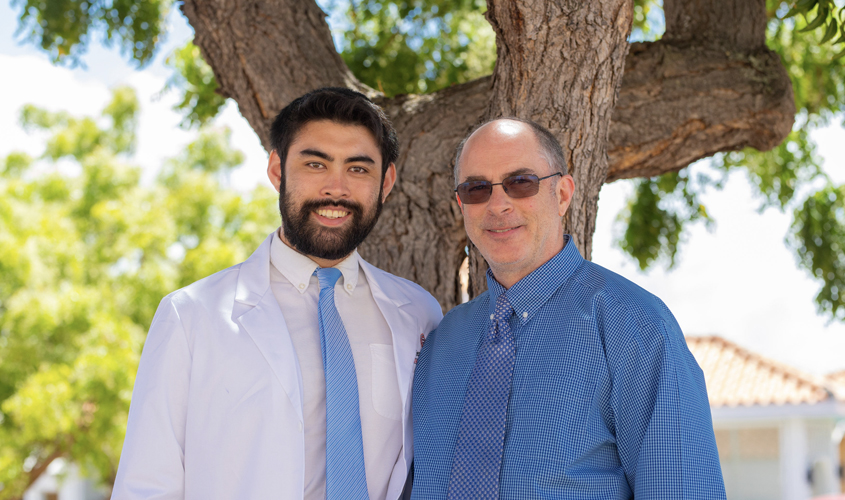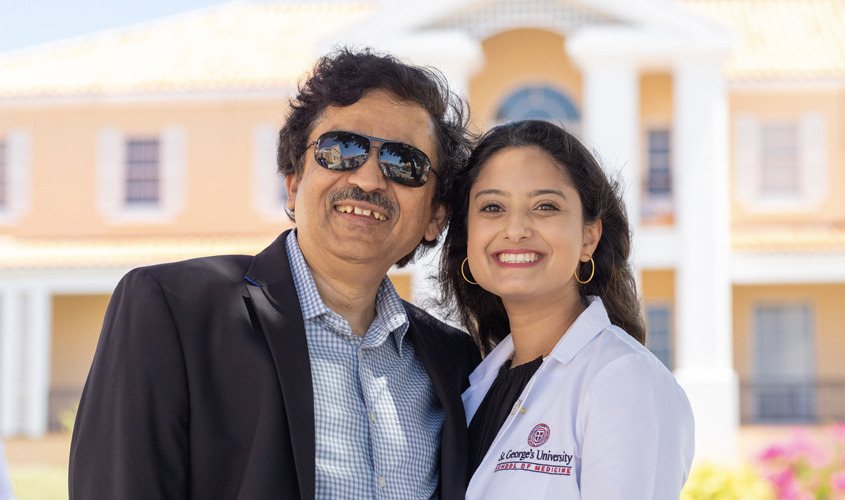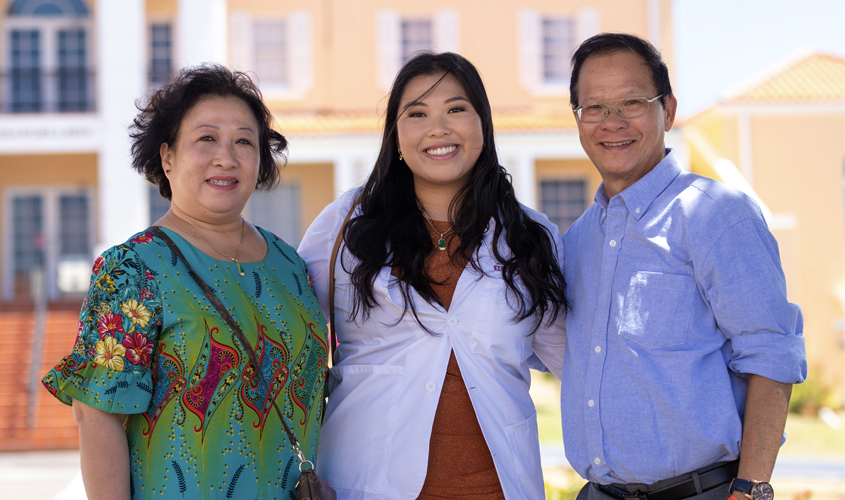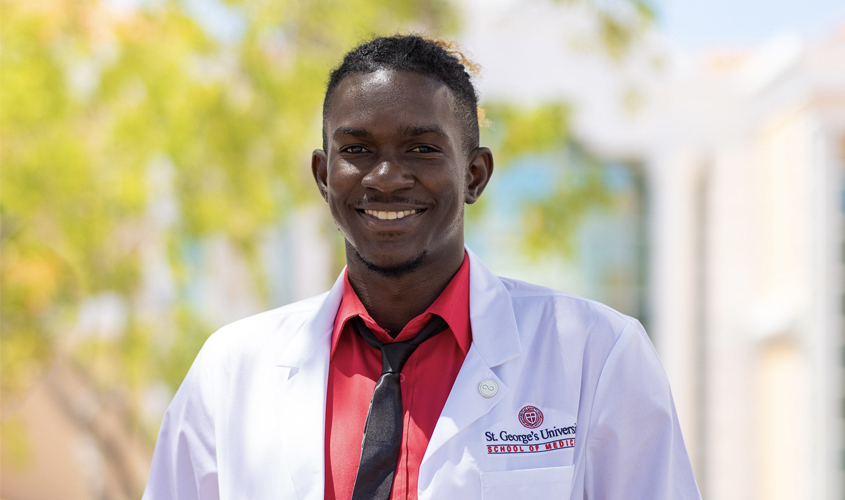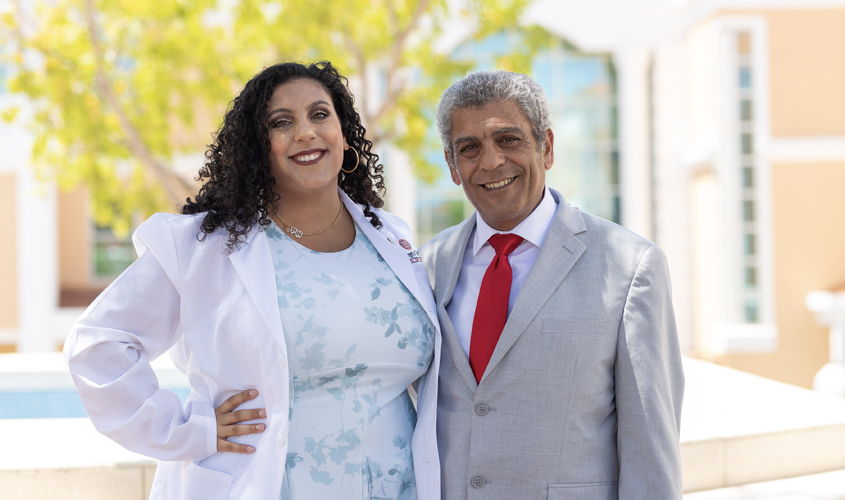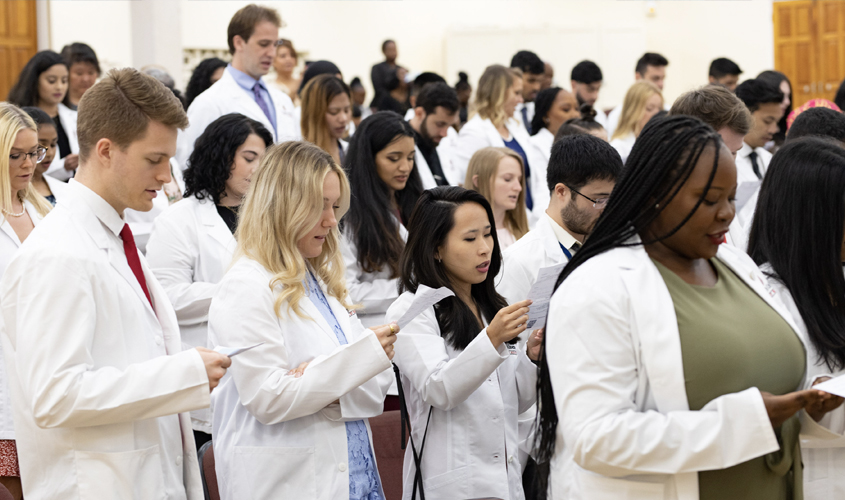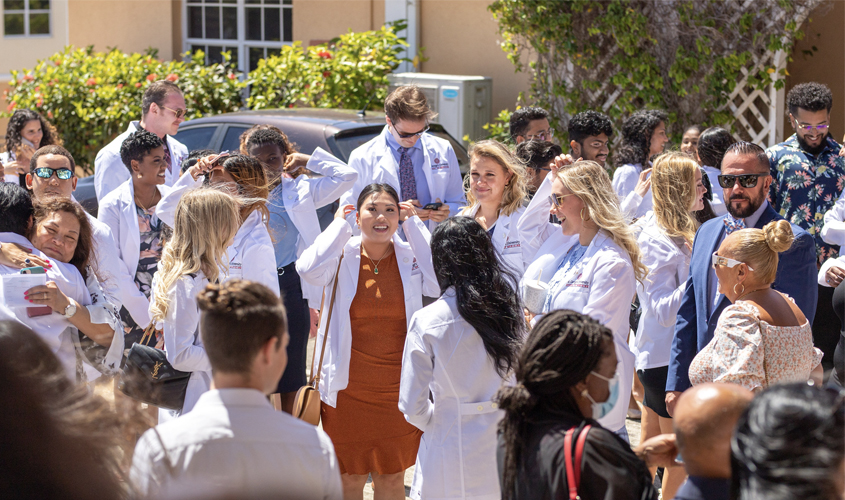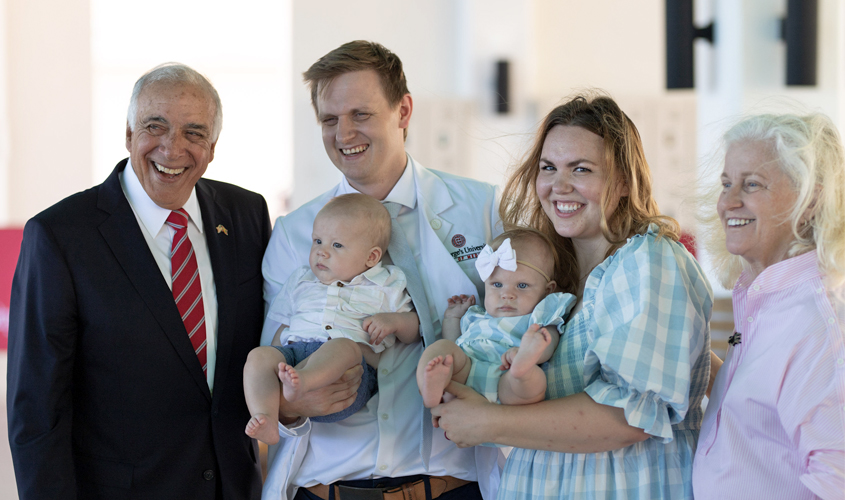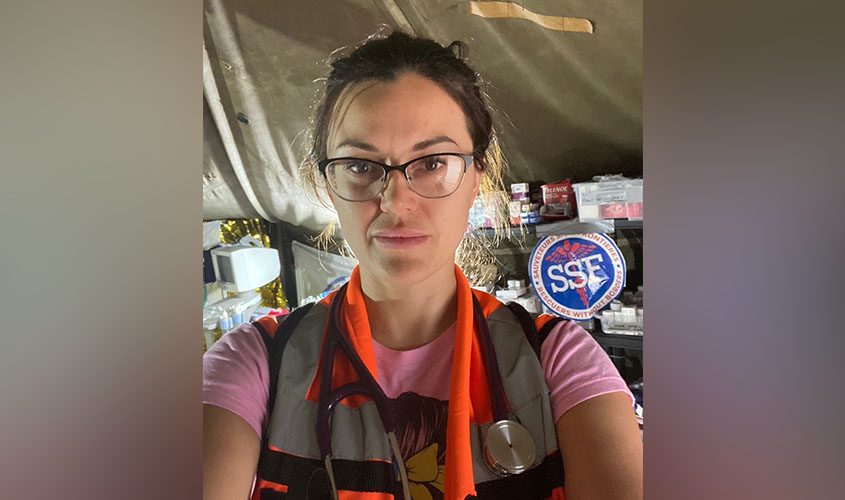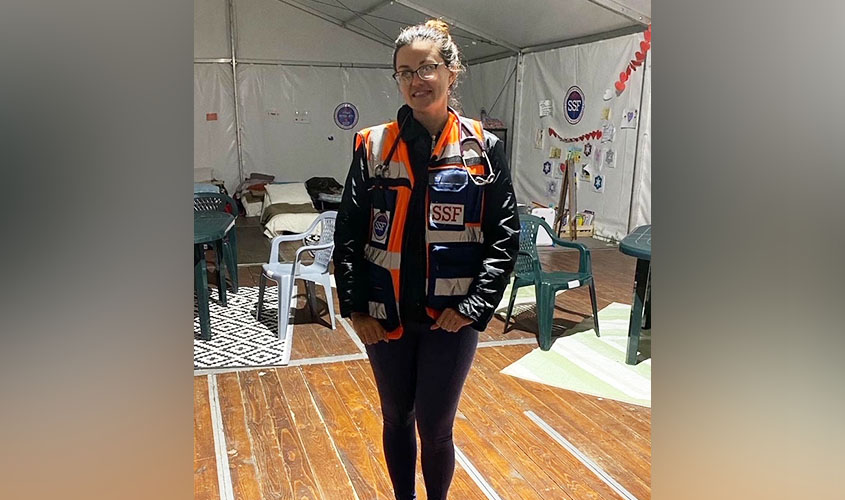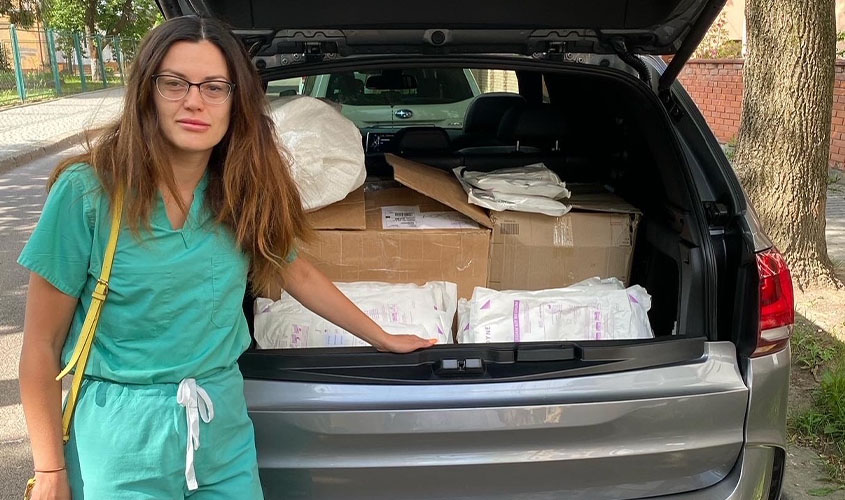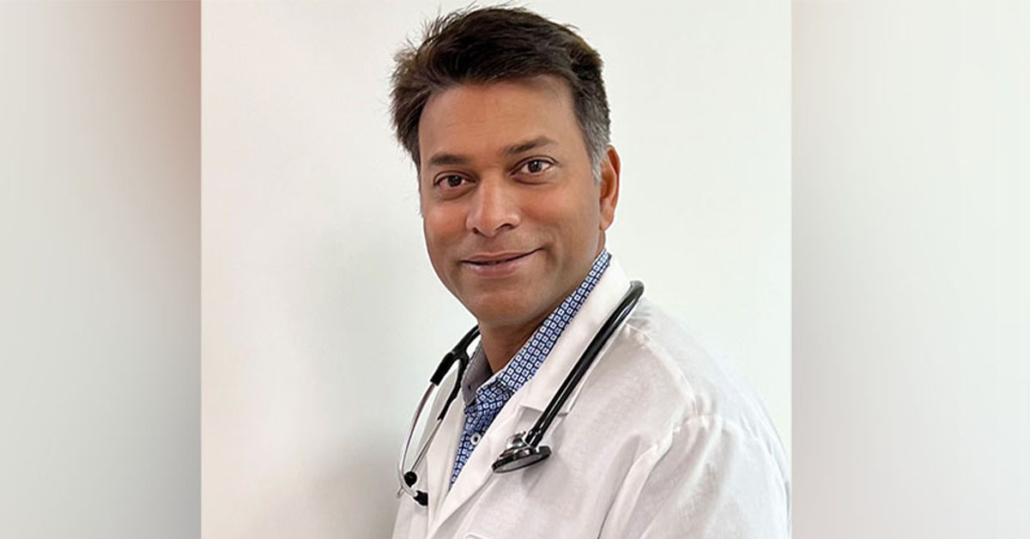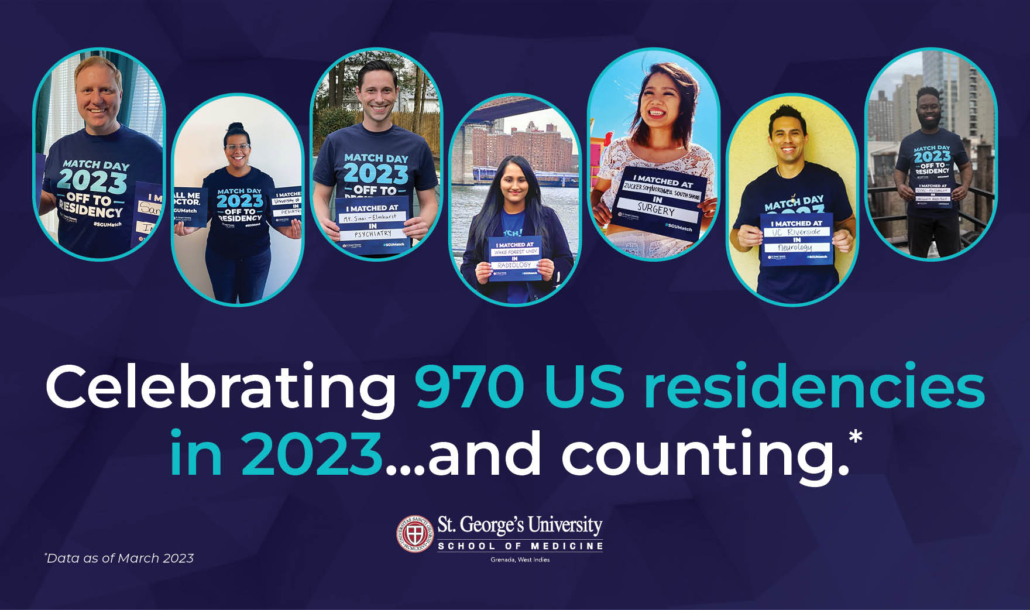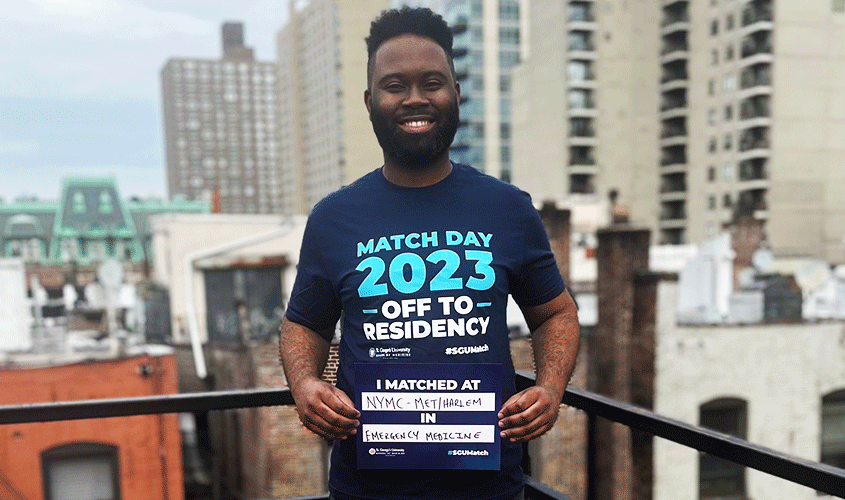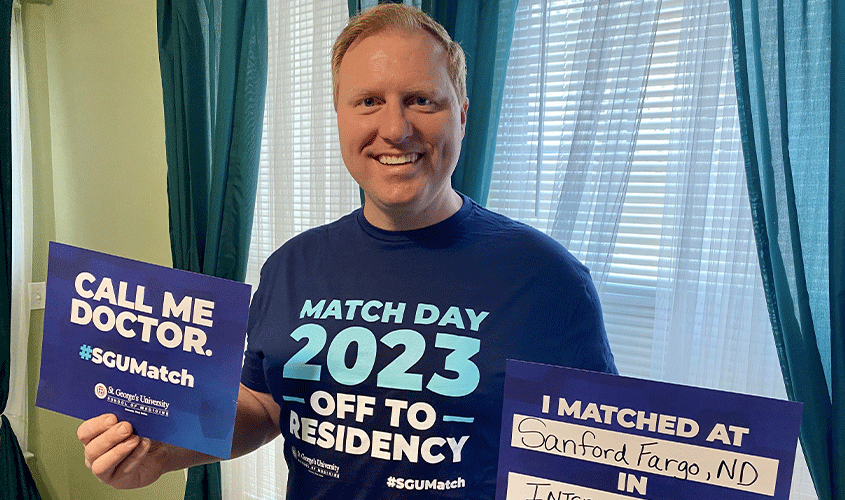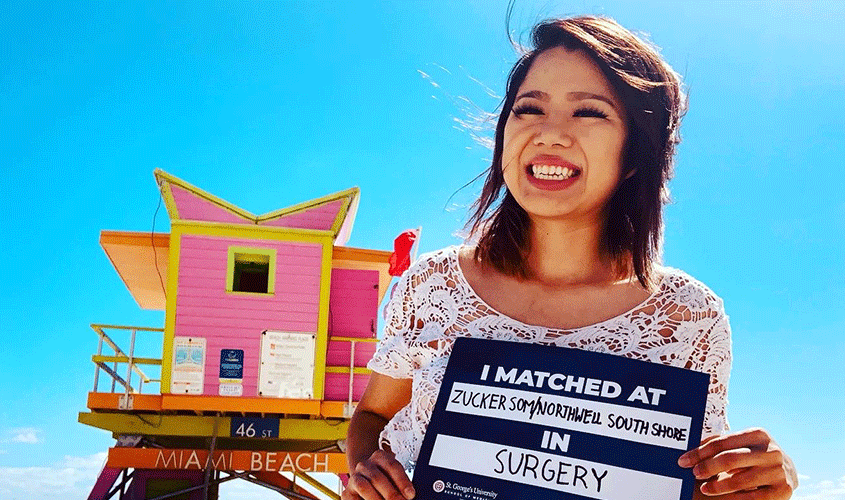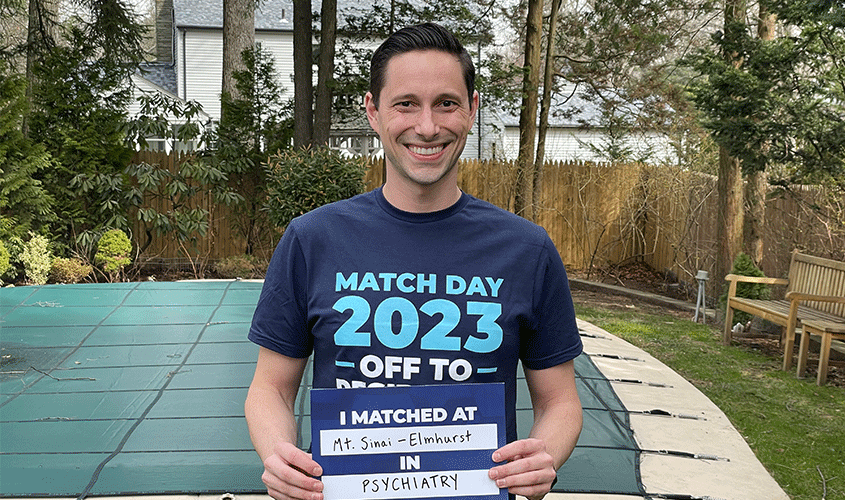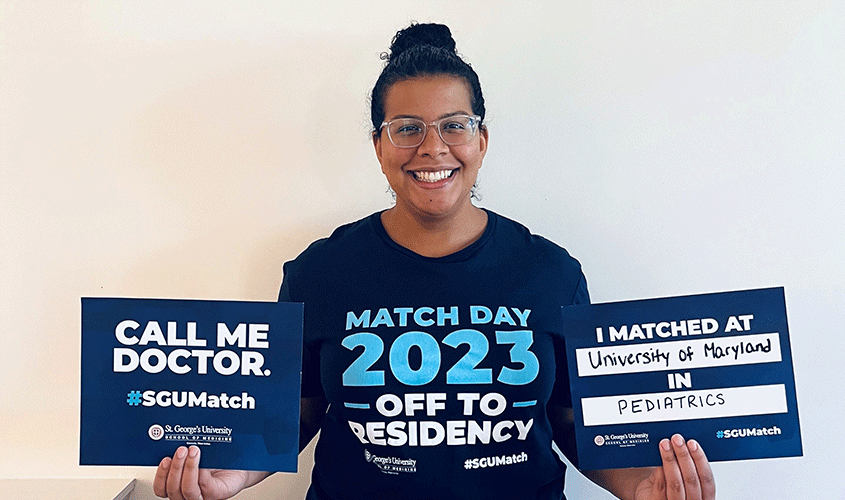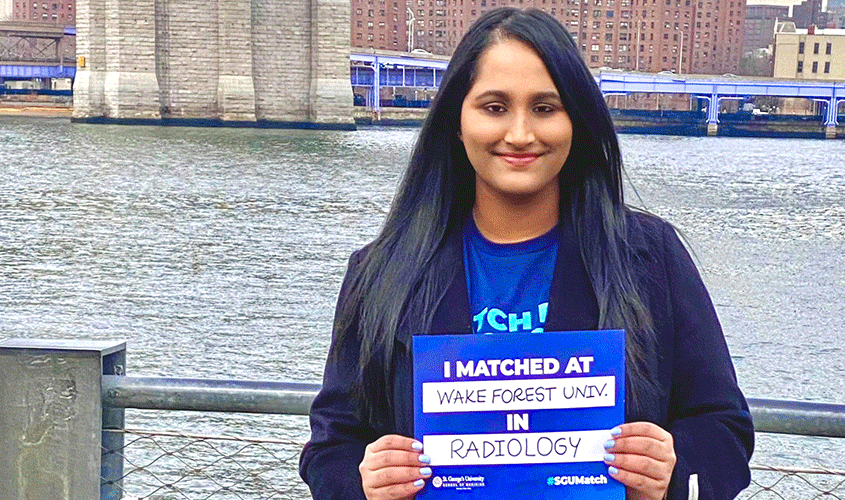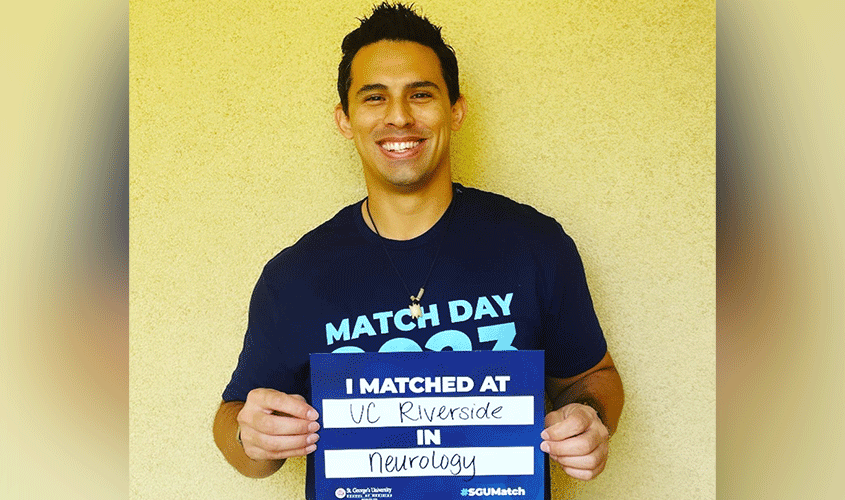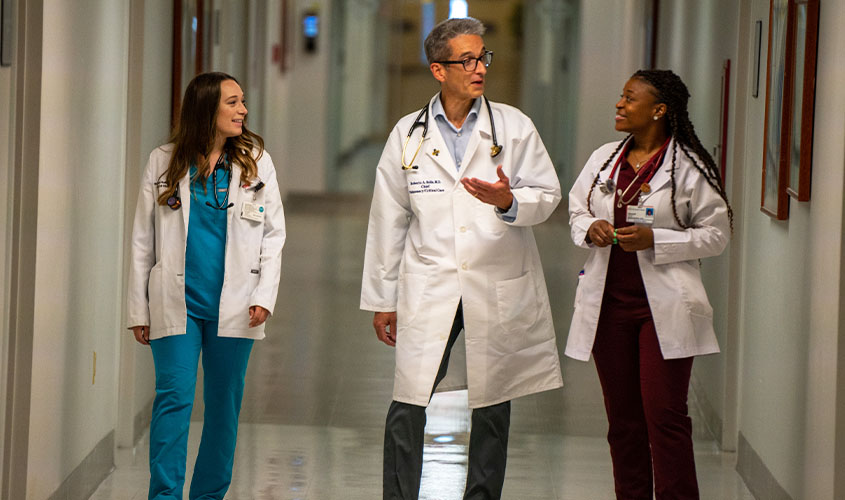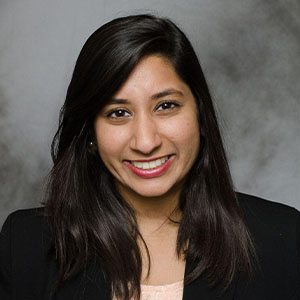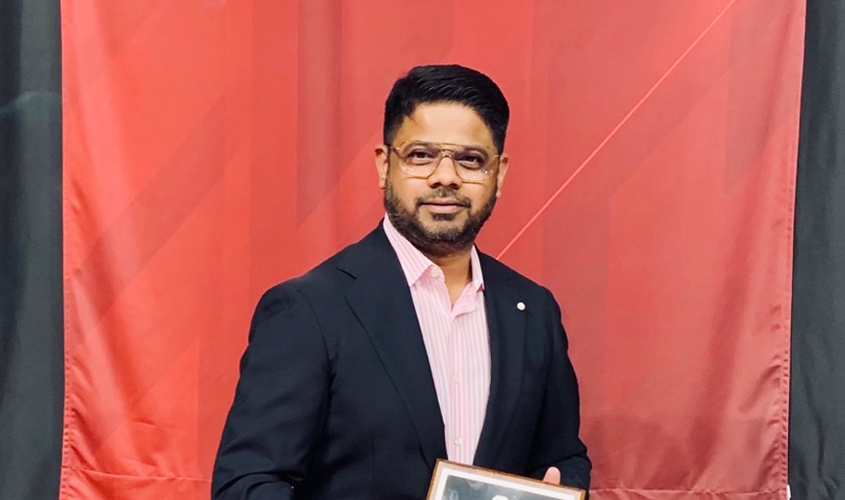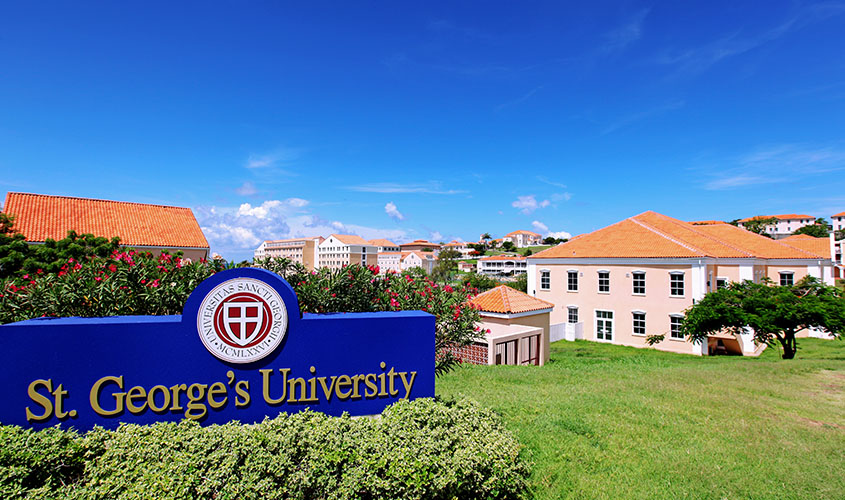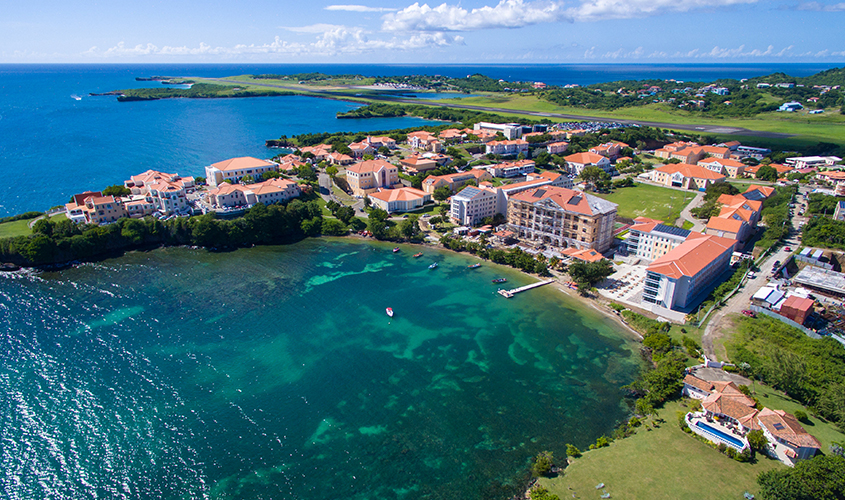Meet SGU’s New Associate Dean of Clinical Studies—Dr. Toni Johnson Liggins
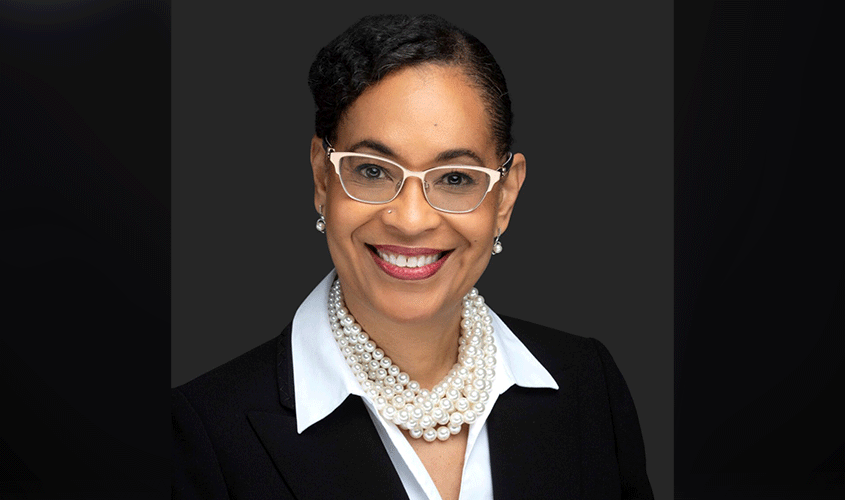
There’s a new face in the Office of Clinical Studies at St. George’s University School of Medicine! Dr. Toni Johnson Liggins joined the team as associate dean of clinical studies (US) at the beginning of May. Her responsibilities include working alongside Dr. Robert Grant, senior associate dean of clinical studies, to conduct site visits at SGU’s affiliated hospitals and clinical centers to ensure students receive all the resources they need to thrive in this part of their education. Dr. Liggins will also work with Dr. Grant to support clinical teaching faculty who supervise and teach students in these sites.
Dr. Liggins was most recently the director of medical education (DME) and the designated institutional official (DIO) at the Mount Carmel Health System in Columbus, Ohio, where she oversaw the education and training for all medical students and residents in the healthcare system. Before that, she was faculty at the Brody School of Medicine at East Carolina University in Greenville, North Carolina. Dr. Liggins graduated from the University of Michigan Medical School and completed her residency training in psychiatry at the Cleveland Clinic, going on to practice psychiatry for over 25 years.
SGU News sat down with Dr. Liggins to find out more about her new role and professional passions.
St. George’s University: What are you most looking forward to in your role as associate dean of clinical studies?
Dr. Liggins: The face-to-face interactions with students. One of my favorite aspects of being in a role like this is having an opportunity to meet students and discuss their clinical experience and provide them with advice for how they can thrive in their education. I don’t take the opportunity to interact face-to-face for granted and look forward to making the most of my visits to clinical sites.
SGU: What brought you to SGU?
Dr. Liggins: In my previous role, I didn’t have as much opportunity to interact with students as I would have liked. I was just a step away from them, but I loved when I had a chance to speak with students about excelling in medical school and how to set yourself up to get the residency you want. I have 20 years of experience working in undergraduate and graduate medical education, as well as experience overseeing residences in a variety of specialties. As associate dean of clinical studies, I can use all of my knowledge and apply it to helping medical students at SGU get the most out of their education and prepare them to be the best physicians they can be.
SGU: What are some of your professional passions?
Dr. Liggins: As a trained psychiatrist, I am passionate about wellness, particularly mental health. We are finally in a time where the stigma of mental health is being addressed and we can include this part of health in our discussions of wellness.
I am also passionate about diversity, equity, and inclusion efforts. I feel strongly about the importance of recruiting and training a diverse physician workforce and believe this is the best way to meet the healthcare needs of today and the future.
—Sarah Stoss
